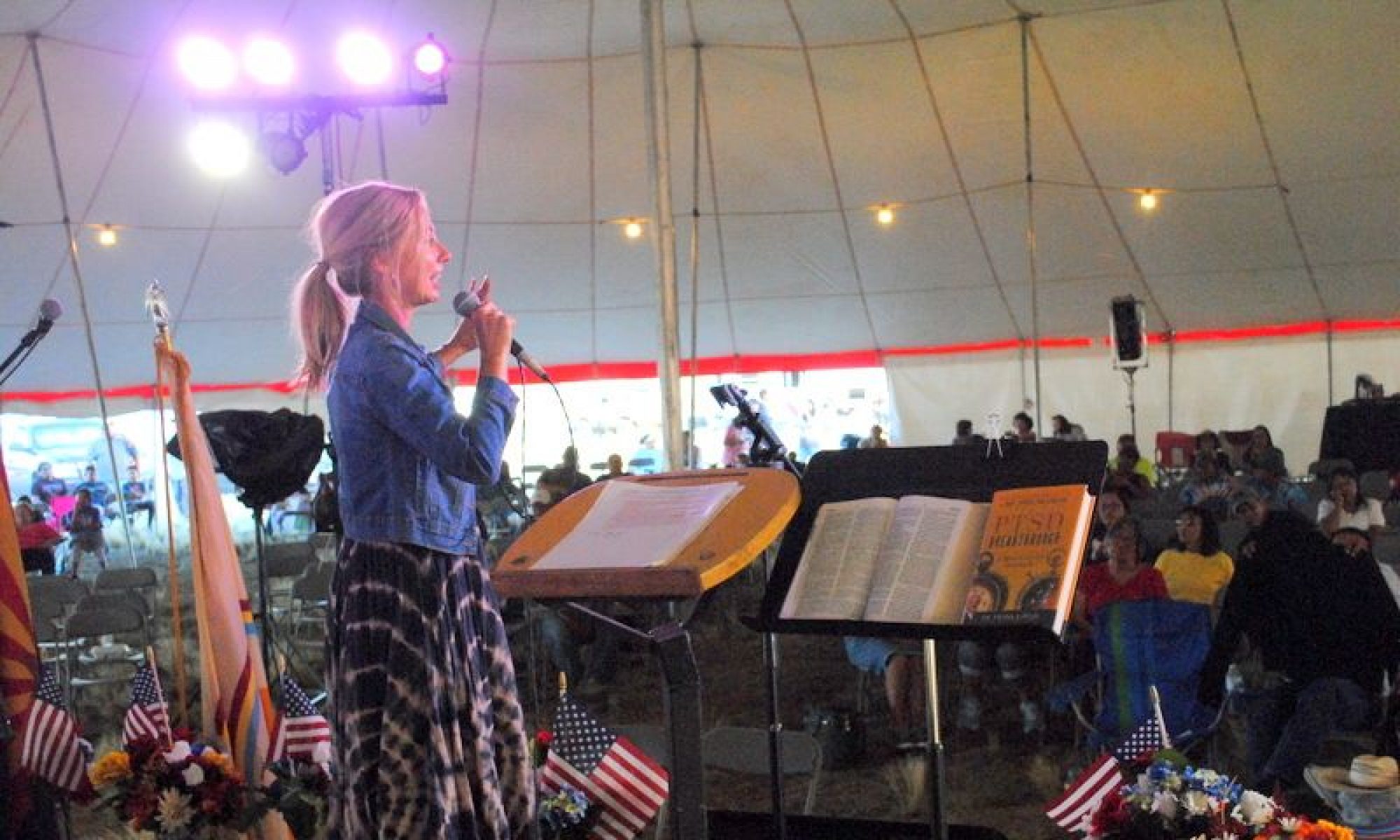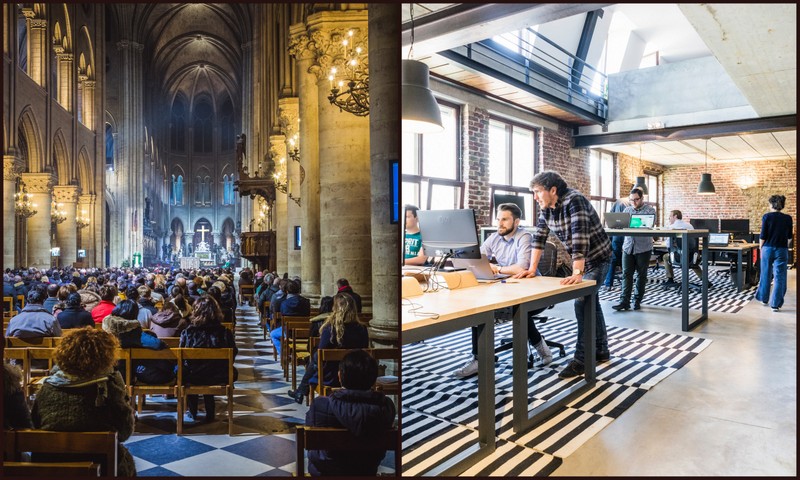A view that separates the ‘spiritual’ from the ‘secular’ is embedded within much of evangelical Christianity. But how did it become so? Here is a quick, potted history.
Plato – the Greek philosopher has a lot to answer for and is the main reason why a division between the spiritual and material worlds became widespread in people’s thinking from ancient times and for many centuries afterwards. Plato described the material world as a shadow of the spiritual, or real, world.
Gnosticism – this way of thinking developed prior to Christ’s birth and continued during the first and second centuries. The apostle John warns of its dangers as Gnostics believed Christ only appeared to have a real physical body and therefore only appeared to suffer physically. This was because they believed the material world was evil and that the true ‘divine’ self was trapped inside the physical body.
Monasticism – monks (from the Greek, meaning solitary person) radically rejected the world in pursuit of the ‘things of God’. Throughout the Middle Ages, this dualistic philosophy became dominant and can be evidenced in the writings of some of the early church writers. For example, Eusebius (‘the father of church history’) gave ‘two ways of life’ to the church – the spiritually superior, higher, sacred and ‘perfect’ life (e.g. lived by priests, nuns, monks, clergy) and the lower, spiritually inferior ‘permitted’ life (e.g. lived by everyone else, the common people, laity).
The Reformation – the Protestant Reformation in Europe in the sixteenth century challenged the dualistic worldview that had crept into the church and reaffirmed and articulated the biblical one. There was no sacred-secular divide, only a recognition of a consecrated or unconsecrated life. All Christians ‘stand before God’ and all work (provided it was morally legitimate) was sacred and could be considered a ‘calling’. Reformers such as Martin Luther and John Calvin called the Church to come out of their buildings and back out into the world.
Pietism – in view of the development of some nations becoming officially ‘Protestant’, the Pietist movement of the seventeenth century brought a focus on the need for a ‘personal spiritual experience’ with God. While this brought renewal to many believers, in regard to dualism, Pietism fostered a focus, once again, on the spiritual realm. As a consequence, this also led to a withdrawal from the wider culture.
The Enlightenment – the Age of Reason was a highly influential philosophical movement during the seventeenth and eighteenth centuries. Founded on deist thought (i.e. God is the Creator but not Saviour and Lord), it ushered in an age of rationalism (i.e. reason without revelation). Human reason became final authority and man assumed the role of god. As a result, the spiritual realm was devalued and secularism became the dominant worldview. The deists attempted to transform traditional Christianity into a religion based on reason. For most, there was still a spiritual realm, but largely detached from the physical realm.
The Great Awakening – in the early eighteenth century, a Christian revival broke out in Europe and in the American colonies. Not only did it bring about a return to biblical faith, it also led to one of the great social transformations in modern times. The new evangelical Christianity had a broad and wholistic understanding of the gospel, not only encompassing personal salvation, but also societal transformation and foreign missions. The catalyst for this revival in England was John Wesley; in America it was Jonathan Edwards and George Whitefield. Another well-known social reformer and parliamentarian was a spiritual son of Wesley, William Wilberforce, who God raised up to spearhead the abolition of slavery in the British Empire and the civilising of a coarse English society. Having witnessed the transformation that had taken place in England, William Carey (considered the ‘father of modern missions’) went to India and over a period of forty years discipled the Indian nation within several sectors of society.
The Modern Era – in spite of the impact of the Great Awakening, secular materialism developed on the back of the Enlightenment and was built on an absolute denial of the spiritual realm. This became solidified by Charles Darwin’s book On the Origin of Species and theory of evolution. This paved the way for atheistic materialism. Matter was the only reality and God did not exist. The only reason for work was for material reward. Since only the secular was recognised, there was by definition, no spiritual-secular divide.
Church Response – the Church’s response to this latest challenge was to retreat. Apart from some exceptions, most notably Abraham Kuyper, the Dutch pastor who also served as Holland’s prime minister, there were few Christians who stood against the tide of secularism. There were essentially two responses: accommodate or reject. Those that accommodated the modern secular paradigm (often labelled today as ‘liberals’) also denied the existence of miracles and with a powerless gospel engaged in mere social activism. Those that rejected the ‘modernism’ and ‘liberalism’ held on to the fundamentals of the faith (and were labelled ‘fundamentalists’). But in so doing, instead of defending the biblical worldview, they adopted the ancient Greek and Platonic worldview which separated the spiritual and physical realms. The spiritual was deemed sacred, while the secular was profane. As a result, the dynamic of the Great Awakening and the comprehensive implications of the gospel for the transformation of society were neglected and lost. The Church became divided.
Those who became fundamentalists were the forerunners of the second evangelical, Pentecostal, and charismatic movements. Their focus became spiritual things including an end-time eschatology that featured a Rapture and the imminent return of Jesus Christ. Key influencers within the Church were the American evangelist, Dwight L. Moody and John Nelson Darby, the father of the modern dispensational movement. With two world wars the cultures in Europe and North America became pessimistic and Christians embraced a longing to leave this broken world and focus on the world to come. Even though many worked hard to bring people to Christ, a passive stance towards society (even a withdrawal from the world) was adopted as they waited for Christ’s return. Once again, Christians were living in two worlds professionally – their workdays and Sundays.
Jesus, Lord Over All – today, the sacred-secular divide within the Church remains a serious issue and continues to shape how many Christians think, and how many churches function. Thankfully, there are a growing number who embrace a biblical worldview where there is one God and Lord over one world, and are actively engaged in demonstrating and bringing in the kingdom of God.
(source: LifeWork by Darrow L. Miller)


